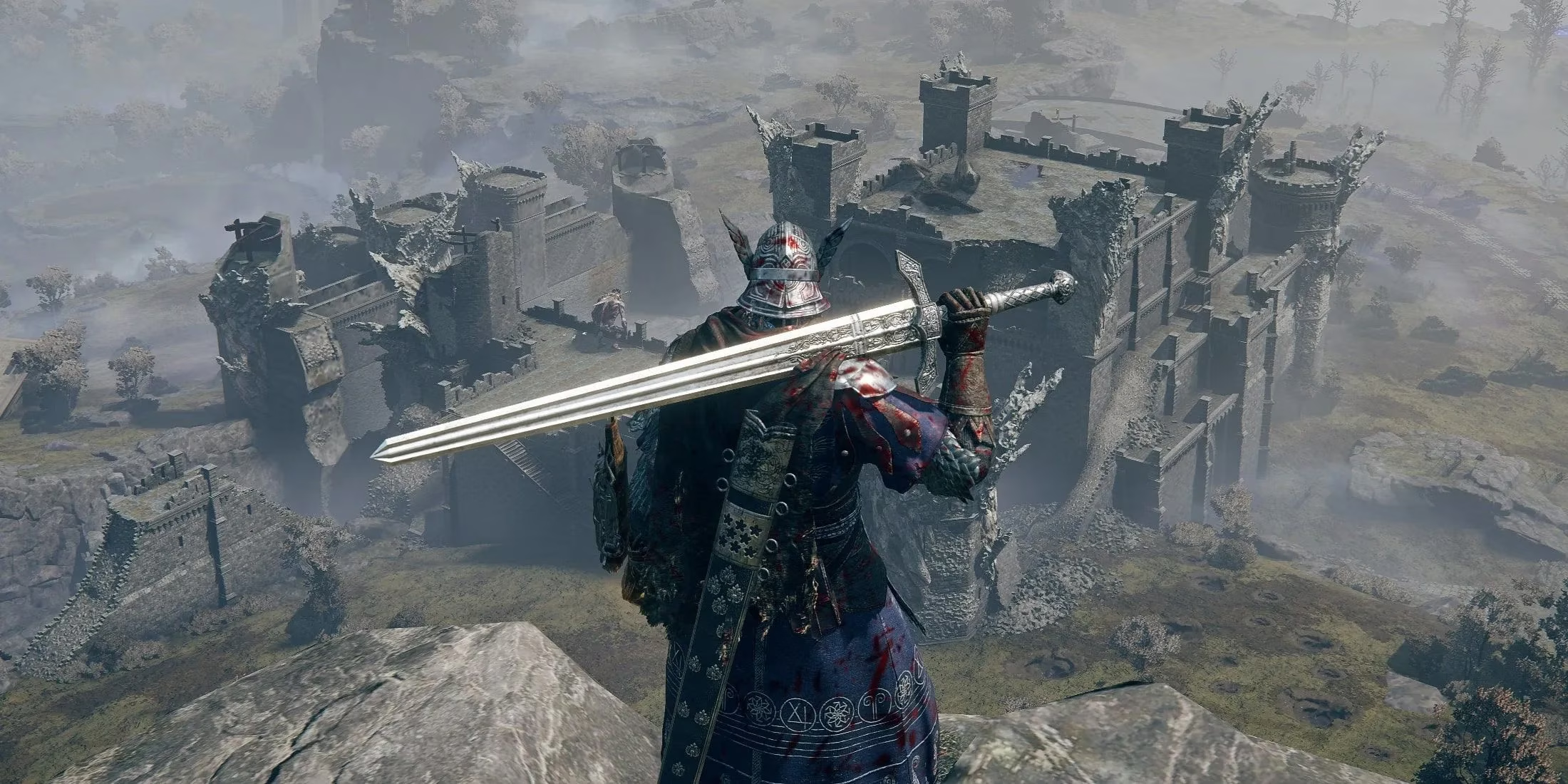The Dance of Vengeance: Healing Through Retribution in Elden Ring Nightreign
Discover how Elden Ring Nightreign's Relics system transforms pain into power, empowering warriors with life-restoring post-damage attacks in a dark, compelling realm.
In the shadowy realms of Elden Ring Nightreign, where death lingers at every corner and mercy is but a distant memory, warriors have discovered an ancient secret - a way to turn pain into power, suffering into strength. The Relics system, mysterious and complex, offers Nightfarers a path to greater might, yet some of its most potent gifts remain shrouded in ambiguity, their true potential unrealized by many who wander these forsaken lands.
Among these enigmatic boons lies a particular Relic effect that has confounded countless souls: the ability to restore life force through post-damage attacks. Like a phoenix rising from its own ashes, or perhaps more aptly, like a wounded beast turning its agony into fury, this mechanic allows the wounded to heal through vengeance.

The Crimson Dance of Revenge
What exactly constitutes a post-damage attack? The game whispers no clear answer, leaving many to stumble blindly through the dark. Yet the truth is elegantly simple - any strike delivered after suffering the sting of an enemy's blade qualifies. The wounded warrior, blood still fresh from their wounds, may reclaim a portion of their lost vitality by answering violence with violence.
Veterans of the original Elden Ring might recognize this mechanic as the spiritual successor to Malenia's Great Rune, that controversial yet coveted treasure. Those who ventured through the blood-soaked streets of Yharnam in Bloodborne will feel an even deeper kinship with this system, as if greeting an old friend in a strange land.
The dance works thus: suffer a blow, and for a fleeting moment, destiny offers a chance at redemption. The health bar reveals this opportunity through a subtle highlight - a ghostly promise of what can be reclaimed through swift retribution. Strike back, and watch as life returns, the wound closing ever so slightly with each vengeful blow.
Warriors of Different Paths
The warriors of Nightreign walk varied paths, and not all find equal value in this bloody exchange.
The Raider, with their brutal strength and unyielding resolve, thrives in this economy of pain. They wade into battle knowing that each wound suffered is but an opportunity to demonstrate their ferocity. Similarly, the Guardian, stalwart and unyielding, finds in this Relic a perfect complement to their protective nature - taking blows meant for others, then reclaiming their strength through righteous counter-attacks.
The Wylder, wild and unpredictable, dances between strikes, caring little for defense when offense can restore what was lost. Their feral nature harmonizes with this Relic's demands - to be hurt is merely the prelude to hurting in return.
Yet for those who prefer distance, like the calculating Recluse or the sharp-eyed Ironeye, the value diminishes. Arrows loosed from afar and throwables hurled across battlefields fail to channel this restorative magic. They must weigh carefully whether this Relic deserves a place in their arsenal or if other enchantments might better serve their distant death-dealing.
The Philosophy of Pain
There is something profoundly poetic about this mechanic, is there not? It speaks to a fundamental truth that transcends the digital confines of the game - that suffering can be transformative, that pain can be channeled into purpose. The Nightfarer does not merely endure; they transmute their agony into healing, their wounds into weapons.
In a world as merciless as Nightreign's, perhaps this is the ultimate lesson: resilience is not about avoiding harm but about how one responds to it. Each scar becomes a testament not to weakness but to survival, each blow an opportunity rather than a setback.
Tactical Considerations
For those seeking to master this dance of vengeance, several considerations emerge:
-
Timing is everything - The window for healing is brief, requiring quick reflexes and decisive action
-
Not all attacks qualify - Ranged options generally fail to trigger the effect
-
Risk vs. reward - Deliberately taking damage to trigger healing is a dangerous gambit
-
Build synergy - Certain Nightfarer classes and weapon types maximize this effect
The most skilled practitioners of this art develop an almost unconscious rhythm - take, then give; suffer, then inflict; bleed, then heal. They transform combat from a desperate struggle for survival into a macabre ballet where pain and restoration flow in endless cycles.
A Glimpse Beyond the Veil
As we look toward the future of Nightreign, one cannot help but wonder if this mechanic might evolve. Perhaps in the whispered expansions to come, we might see variations of this theme - healing through dodging rather than vengeance, or restoration tied to environmental interaction rather than combat alone.
There's something deeply personal about the current system that resonates with this observer's soul. It reminds us that in our darkest moments, when we feel most wounded, action rather than retreat often holds the key to our salvation. The game, in its brutal wisdom, teaches us that sometimes we must lean into pain rather than flee from it.
The lands of Nightreign are harsh and unforgiving, yet within their cruelty lies a strange form of grace. For those with the courage to embrace this system, to dance on the knife's edge between death and restoration, a unique power awaits. Not merely survival, but triumph through transformation - the ultimate alchemy of the wounded warrior.
🗡️ Remember: Your wounds are not your weakness - they are your opportunity to demonstrate your strength.
And so the Nightfarers continue their endless journey, each scar a story, each healing a small victory in a world that offers so few. They learn, as we all must, that sometimes the path forward runs directly through our pain rather than around it.